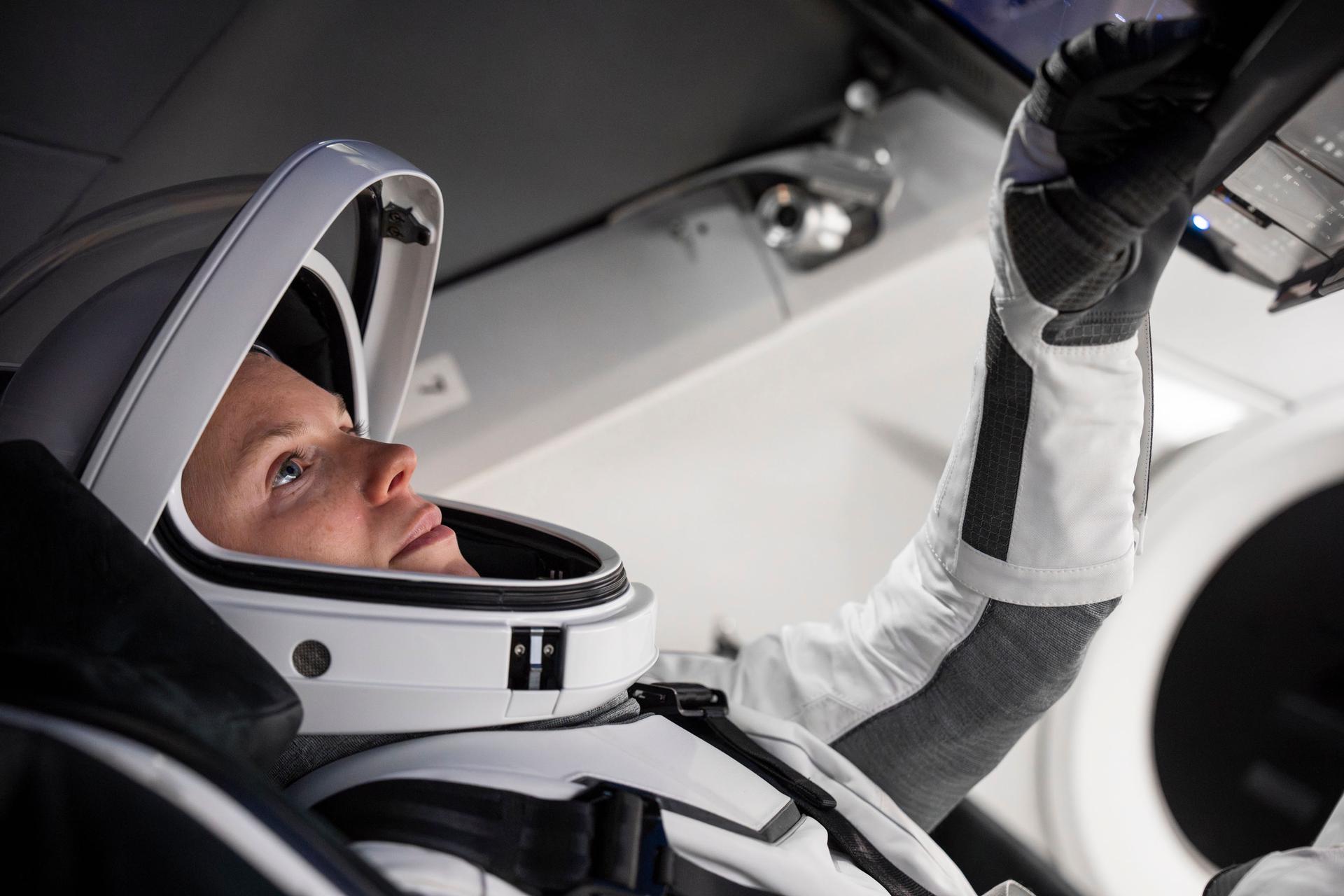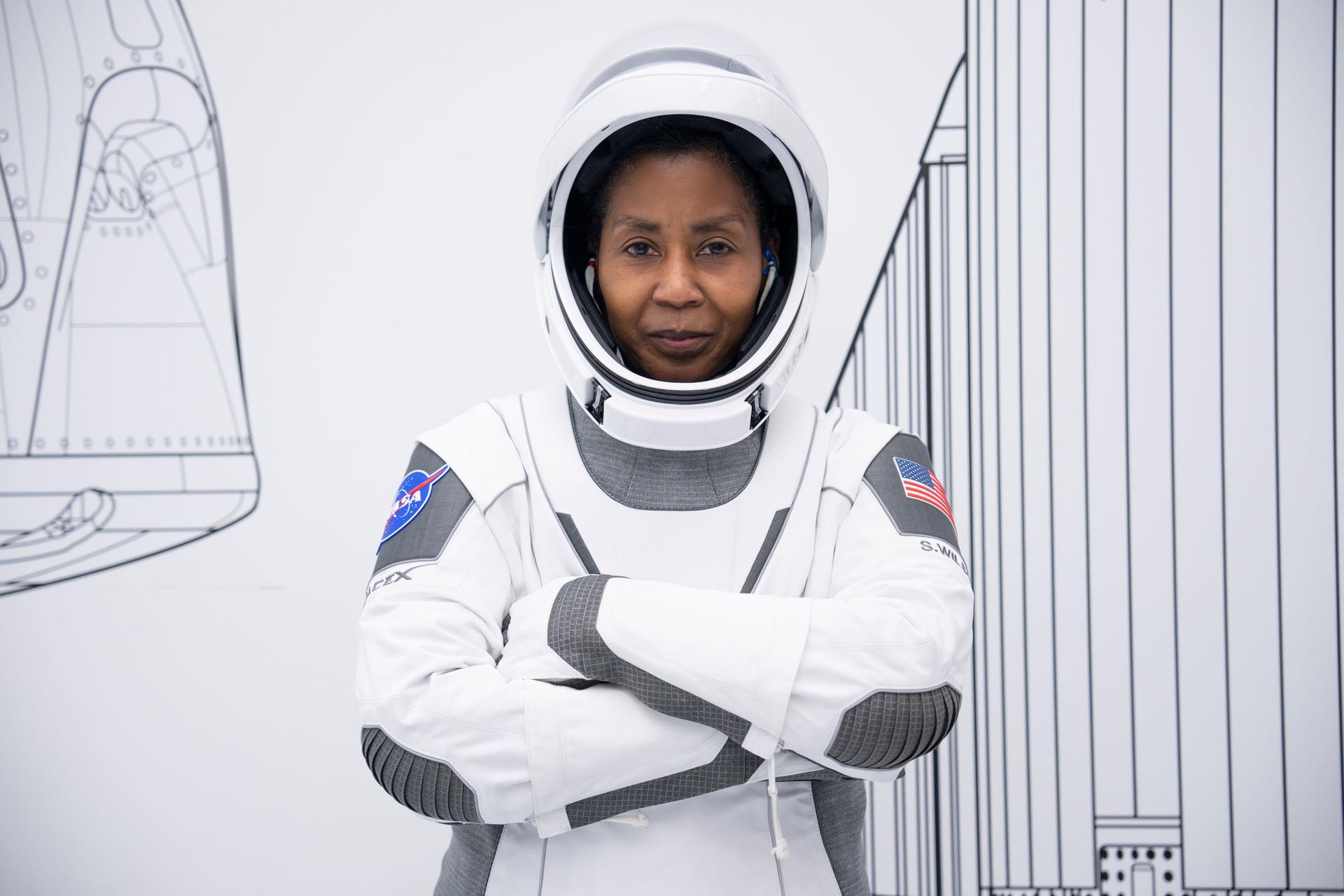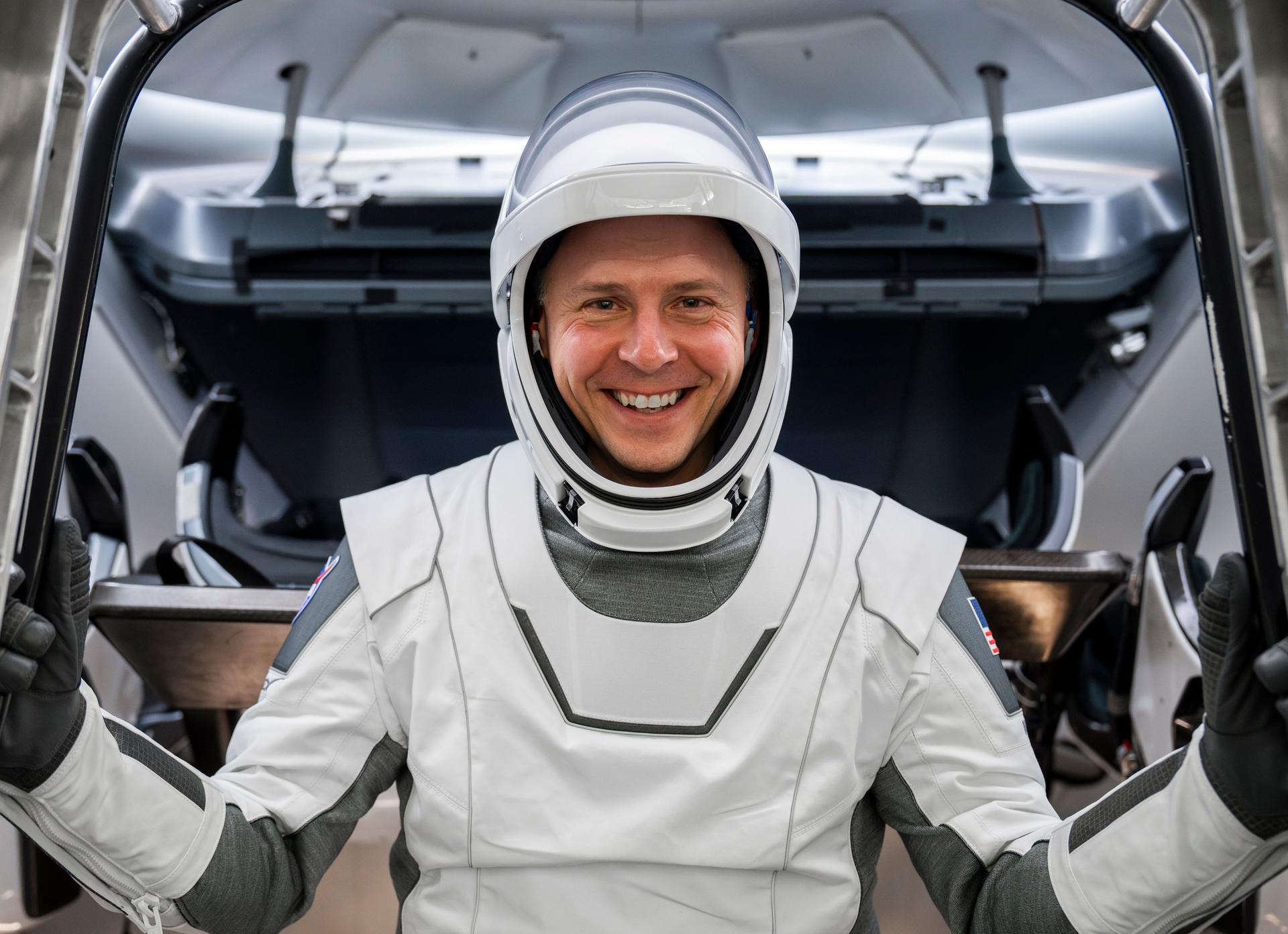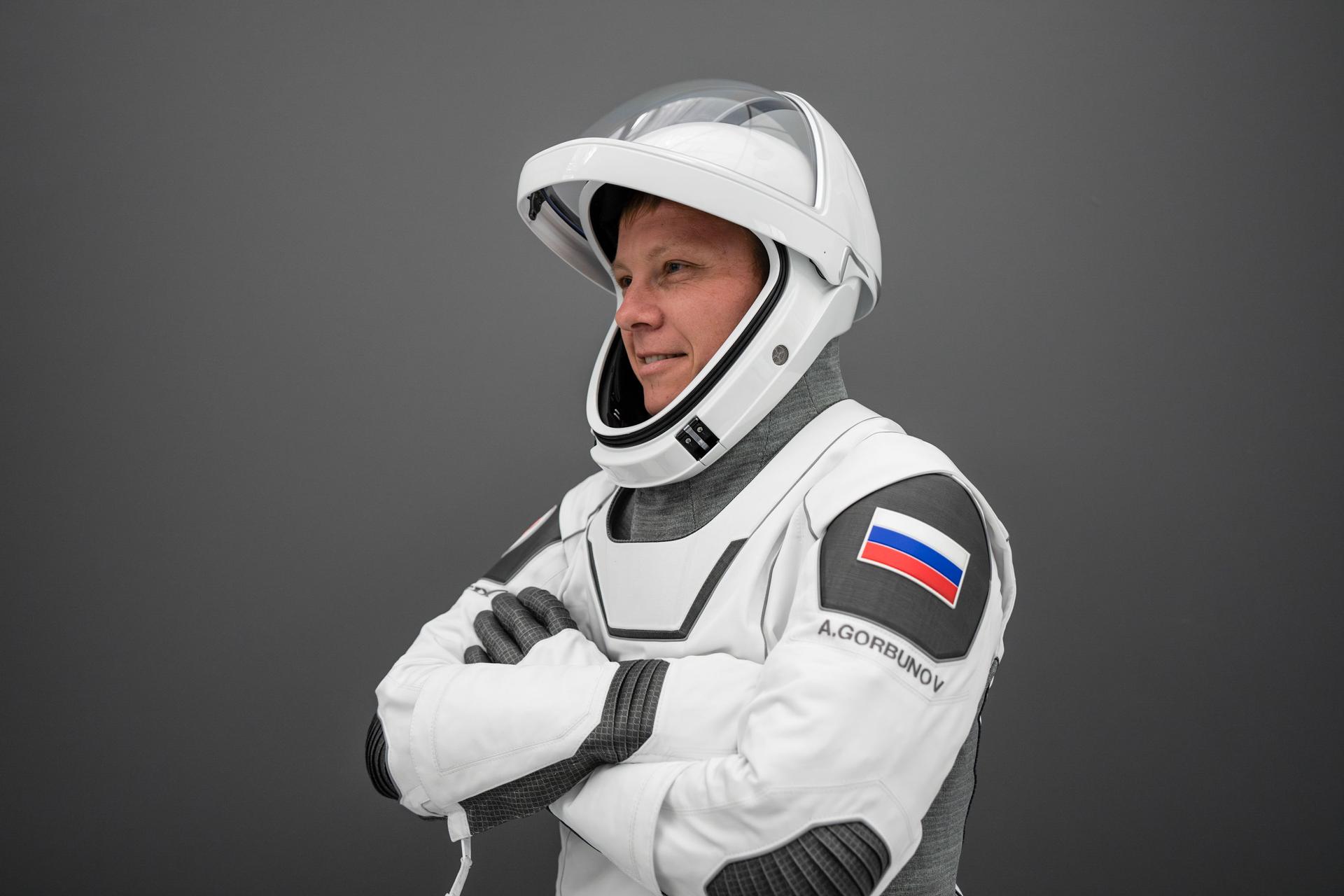
Even before NASA removed two astronauts from the SpaceX Crew-9 mission to the ISS, the crew knew that no spaceflight is guaranteed.
Crew-9, the ninth operational SpaceX astronaut launch to the International Space Station (ISS), is set to launch on Sept. 28 for a half-year mission. But they will fly with only two astronauts instead of four; the other two seats needed to be reserved for two NASA astronauts on the ISS right now who were unable to use Boeing's Starliner spacecraft to fly home, as planned.
The Crew-9 roster now includes commander Nick Hague, who is with NASA and the U.S. Space Force, and Roscosmos mission specialist Aleksandr Gorbunov. Two other NASA astronauts were assigned to Crew-9, but will instead wait for another flight: rookie Zena Cardman and three-time space shuttle astronaut Stephanie Wilson.

The crew shuffle took place in August after NASA and Boeing together spent months examining the troubled Starliner spacecraft, which encountered issues with its propulsion system when docking with the ISS on June 6. The Starliner crew made it safely and were reassigned to duties on the ISS as their 10-day mission was extended to allow for weeks of space and ground testing. Eventually, NASA said the risk was too great to bring the crew back on Starliner and the spacecraft returned — without humans — on Sept. 6.
This situation required moving Starliner astronauts Butch Wilmore and Suni Williams to another spacecraft. For now, they have an emergency egress route via the already docked SpaceX Crew Dragon spacecraft serving the four Crew-8 members, which would add temporary seats for the Starliner crew in the cargo area. SpaceX's Crew-9 will launch with mass simulators in its two empty seats so as not to throw off the spacecraft's center of gravity during launch. Williams and Wilmore will then join the launching Crew-9 members, Hague and Gorbunov, during the expected return home in February 2025.
Related: Astronauts would have been fine on Boeing's Starliner during landing, NASA says
While SpaceX has flown people to Earth orbit across more than a dozen missions, the risky nature of space exploration mean that all missions are to an extent, developmental. Cardman underscored that on July 26; in a small-group video interview from NASA's Johnson Space Center in Houston, she told Space.com every space mission has unique challenges.
"I think a lot of the value that we get from sending humans to space is that it is a constant challenge," Cardman said, specifically citing Starliner as a recent example.
"I think many of the ongoing events in human spaceflight are a reminder of how complex and how challenging it is," added Cardman, who was a marine scientist by training prior to being selected by NASA in 2017. "It really takes constant vigilance, and a lot of creative processes as well. As someone from a scientific background, you never are done learning."

Wilson's debut mission on the space shuttle was in 2006, some 25 years after the first mission of that program flew to space. The shuttle, however, was always evolving: new procedures would be implemented, parts replaced and safety protocols renewed throughout its tenure. Two missions that killed their crews — STS-51L Challenger in 1986 and STS-107 Columbia in 2003 — created a lot of necessary change in the program as well.
"It is developmental. We're doing new things ... We need to continue our vigilance for every flight, for every mission," Wilson said of the space shuttle, and of spaceflight in general, in a separate video interview.
"Flying humans, she emphasized, is complex by nature: "Sometimes the hardware talks to us and operates differently, and we have to do our best to do more testing to understand it."

Hague's first, brief launch to space showed how the long-running Russian Soyuz spacecraft and rocket are also developmental, despite decades of work in space, when a rocket issue caused a rare abort of the system in 2018. He and Russian cosmonaut Alexey Ovchinin landed back on Earth safely, and they successfully made it to the ISS on a second try in 2019.
"You can fool yourself into thinking, well, it's not going to happen to me," Hague said of the abort, in a separate interview. "Well, myself, my family, all of my friends and family and loved ones, they can't turn a blind eye to the risks associated with it.
"That leads to a lot of conversations about, why are we doing what we're doing?" he continued. " 'Why are we taking that risk? Why are you putting yourself on the top of that rocket?' Those conversations, you realize this is just the sheer significance of what we're doing."
Related: A Russian Soyuz rocket launch failed, but its abort safety system saved lives

What the abort showed him, Hague added, is that astronaut and mission training are both effective in dealing with the unexpected.
"When something like that happens, the training kicks in and you're able to just focus in and deal with the problem in a very calm and efficient way," he said. "I have that confidence in how I'm going to respond in a situation like that should something like that ever occur in the future."

Gorbunov is a former engineer with RSC Energia who is well-versed in development challenges, as the manufacturer works on both the crewed Soyuz and the Progress cargo vehicle for ISS missions. Speaking through an English-language interpreter, he said in Russian that his past job gave him experience in how different vehicle systems operate.
"Overall, most space vehicles ... are designed with some very similar basic concepts, so they're conceptually the same. So knowing one spacecraft really well, you can kind of propagate that knowledge on doing the next," Gorbunov said in a separate individual interview.
"For example, if you know all the ins and outs of the propulsion system of one vehicle, it would be easier for you to learn about the propulsion system on another vehicle. The same goes with all the other systems. For me, it was even easier because I started learning all that way before I became a cosmonaut."







